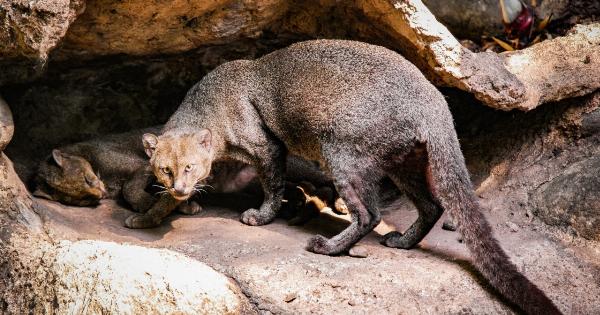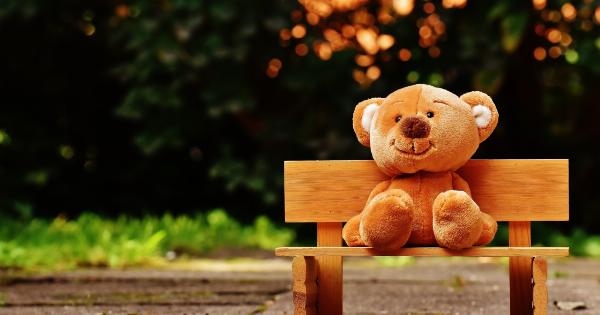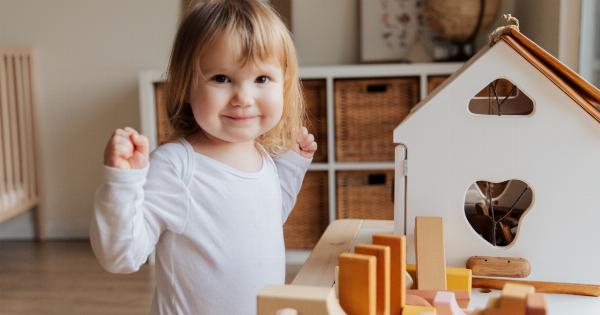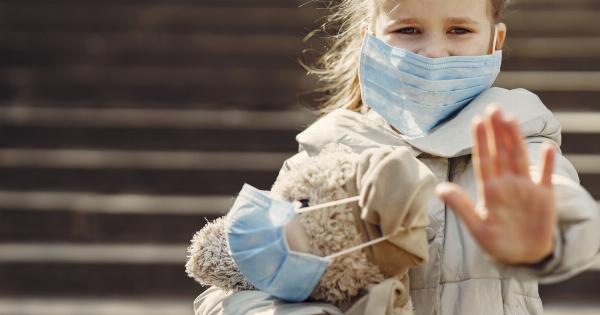Are you ready to meet your new favorite thing? Well, look no further than the humble stuffed animal! These soft, cuddly creatures have been a beloved staple of childhood for decades, and for good reason.
They provide comfort, companionship, and a sense of security that can be hard to come by in a sometimes-scary world.
A brief history of stuffed animals
The concept behind stuffed animals is actually quite simple: take a soft material, stuff it with something else soft, and shape it into an animal form.
This basic idea has been around for centuries, but it wasn’t until the 19th century that stuffed animals really took off.
In 1830, a German company called Steiff began producing stuffed animals on a large scale, using a new material called mohair.
The company’s founder, Margarete Steiff, originally made felt clothing for humans, but when her nephew brought her a sample of mohair fabric from a trip to Italy, she decided to try making a stuffed elephant with it. The rest is history.
The benefits of stuffed animals
So, why are stuffed animals so popular, even today? For one thing, they provide a sense of comfort and security. Children (and adults!) can hold onto them when they’re feeling scared or upset, and they can talk to them like they would a friend.
Stuffed animals can also be great for imaginative play. Kids can act out scenarios with their stuffed animals, whether it’s having a tea party, going on a safari, or simply cuddling on the couch.
This kind of play can help develop creativity and problem-solving skills.
Finally, stuffed animals can be a source of nostalgia and comfort even as we grow older. Many people hold onto their childhood stuffed animals for years, and some even pass them down to their own children or grandchildren.
Types of stuffed animals
Stuffed animals come in all shapes and sizes, from tiny keychain-sized creatures to giant bears that are almost as big as a person. Some are designed to look like real animals, while others are more fanciful and imaginative.
Here are just a few examples of the many types of stuffed animals out there:.
Teddy bears
Perhaps the most iconic of all stuffed animals, the teddy bear was named after President Theodore Roosevelt, who was often called “Teddy.” The first toy bears were made in the early 1900s, and today they come in all sorts of styles and sizes.
Farm animals
Cows, pigs, sheep, and other barnyard animals are popular choices for stuffed animals, especially for young children who are just learning about the world. They can be cuddly and cute, or more realistic and educational.
Fantasy creatures
Unicorns, dragons, and other magical creatures are popular choices for stuffed animals, especially among older children and adults. They can be colorful and whimsical, or more detailed and realistic. Some even come with their own backstories and worlds!.
Movie and TV characters
From Disney princesses to Star Wars characters, many beloved movie and TV characters have been turned into stuffed animals. These can be great for fans of all ages, and can add a touch of nostalgia to any collection.
Caring for your stuffed animals
If you want your stuffed animals to last for years (or even decades!), it’s important to take good care of them. Here are a few tips:.
Wash them gently
If your stuffed animal gets dirty, you can usually wash it in the washing machine on a gentle cycle. Use a mild detergent and cold water, and make sure to remove any batteries or electronic components first.
Avoid heat
Stuffed animals don’t like heat! Avoid drying them in the dryer or leaving them in direct sunlight for long periods of time. Instead, air-dry them or use a low heat setting.
Give them a break
While it’s tempting to keep your favorite stuffed animal with you at all times, it’s important to give them a break every so often. This will help prevent wear and tear, and will keep them feeling fresh and clean.
Conclusion
Stuffed animals may seem like a simple concept, but they’ve brought joy and comfort to millions of people around the world for centuries.
Whether you’re a child or an adult, there’s something special about having a soft, cuddly creature to call your own.
So go ahead and choose your new favorite stuffed animal – whether it’s a classic teddy bear, a playful unicorn, or something in between. You won’t be disappointed!.






























